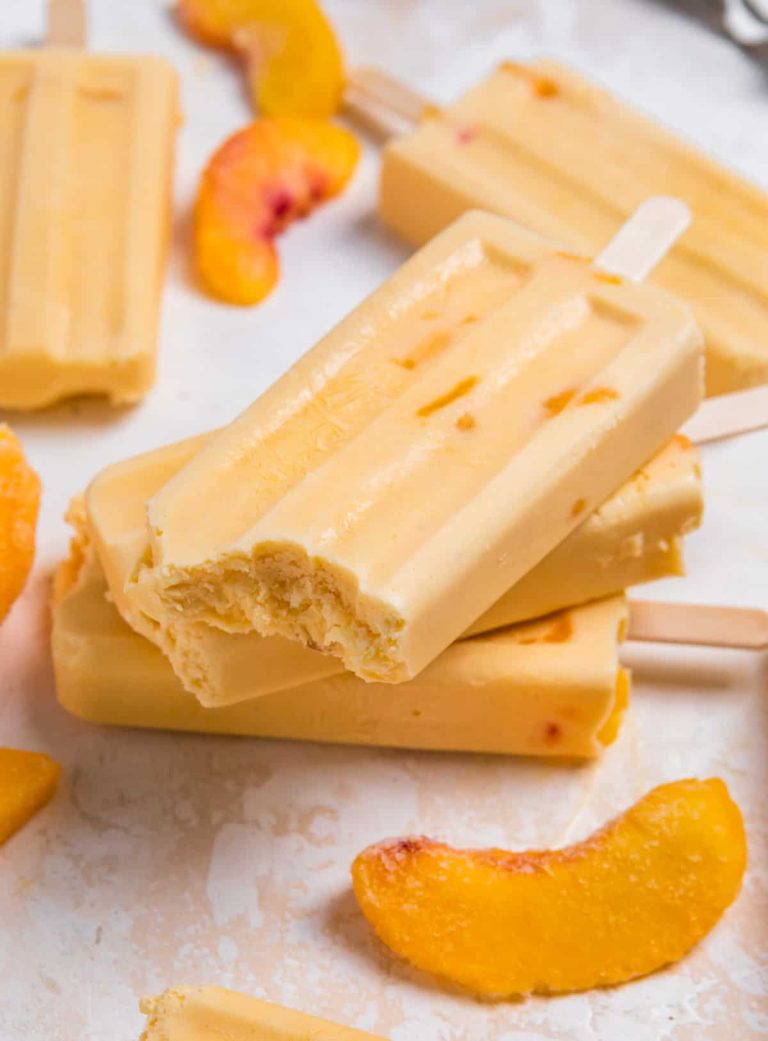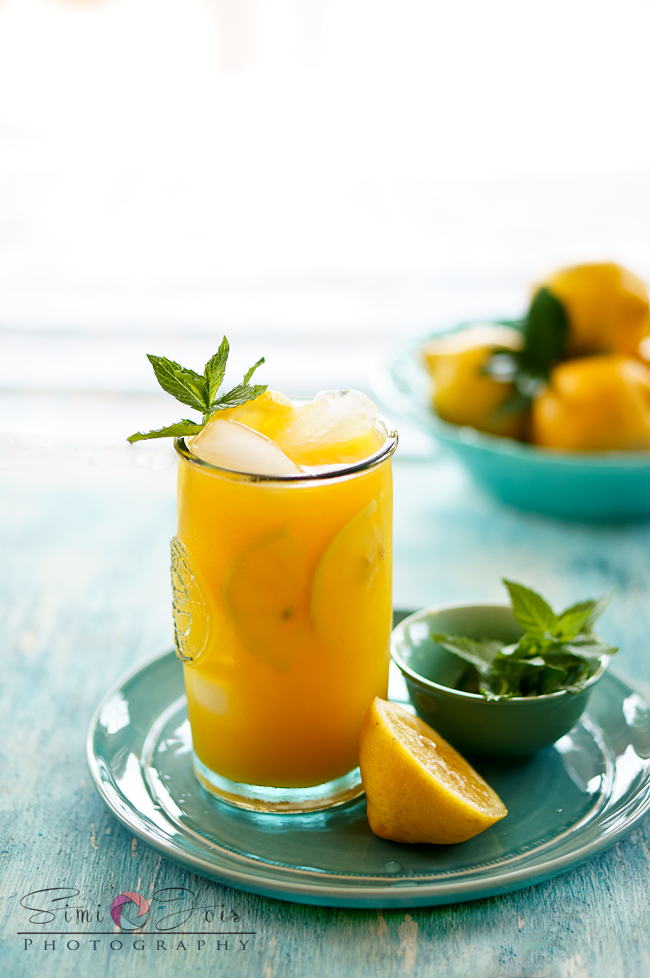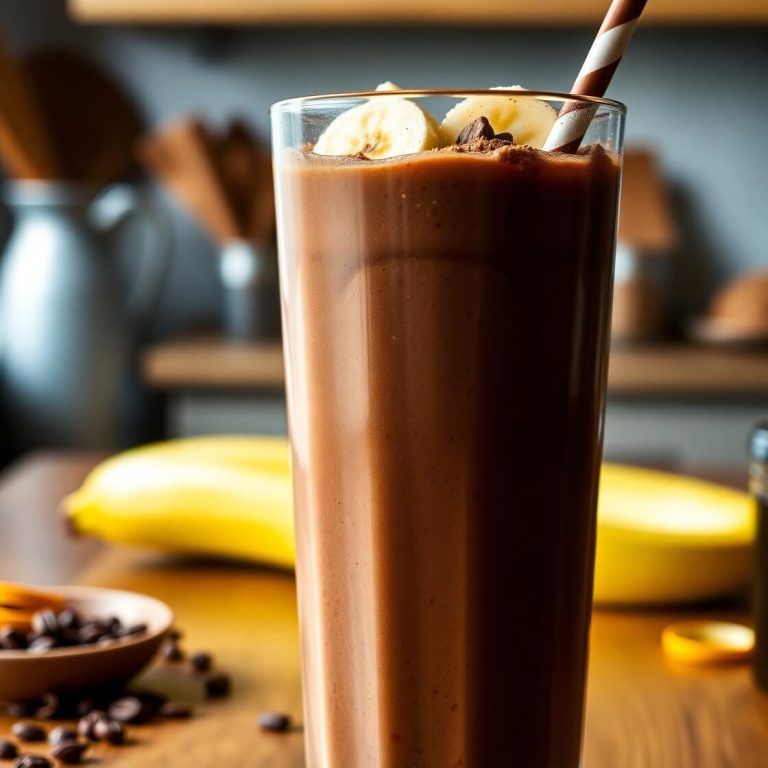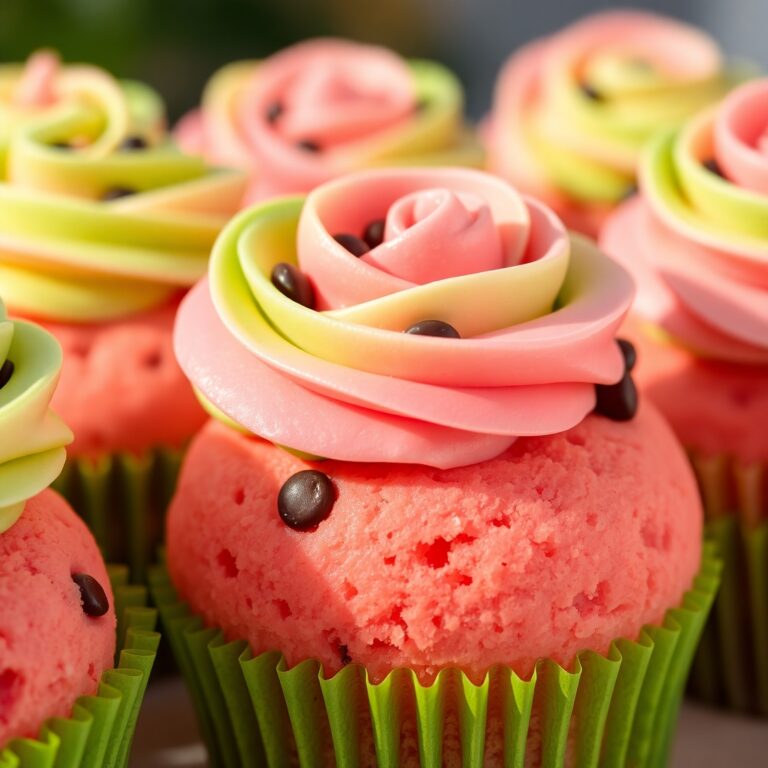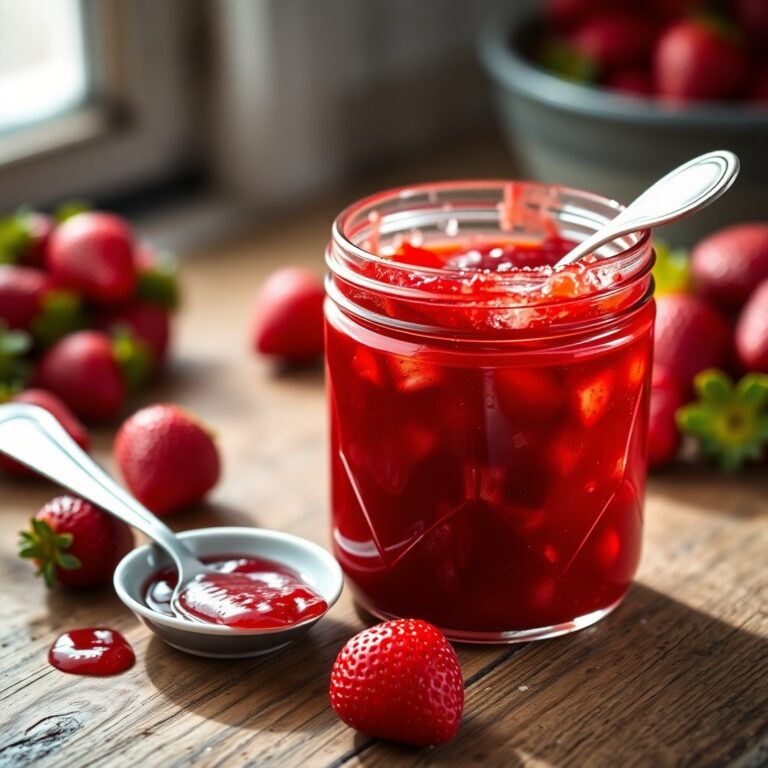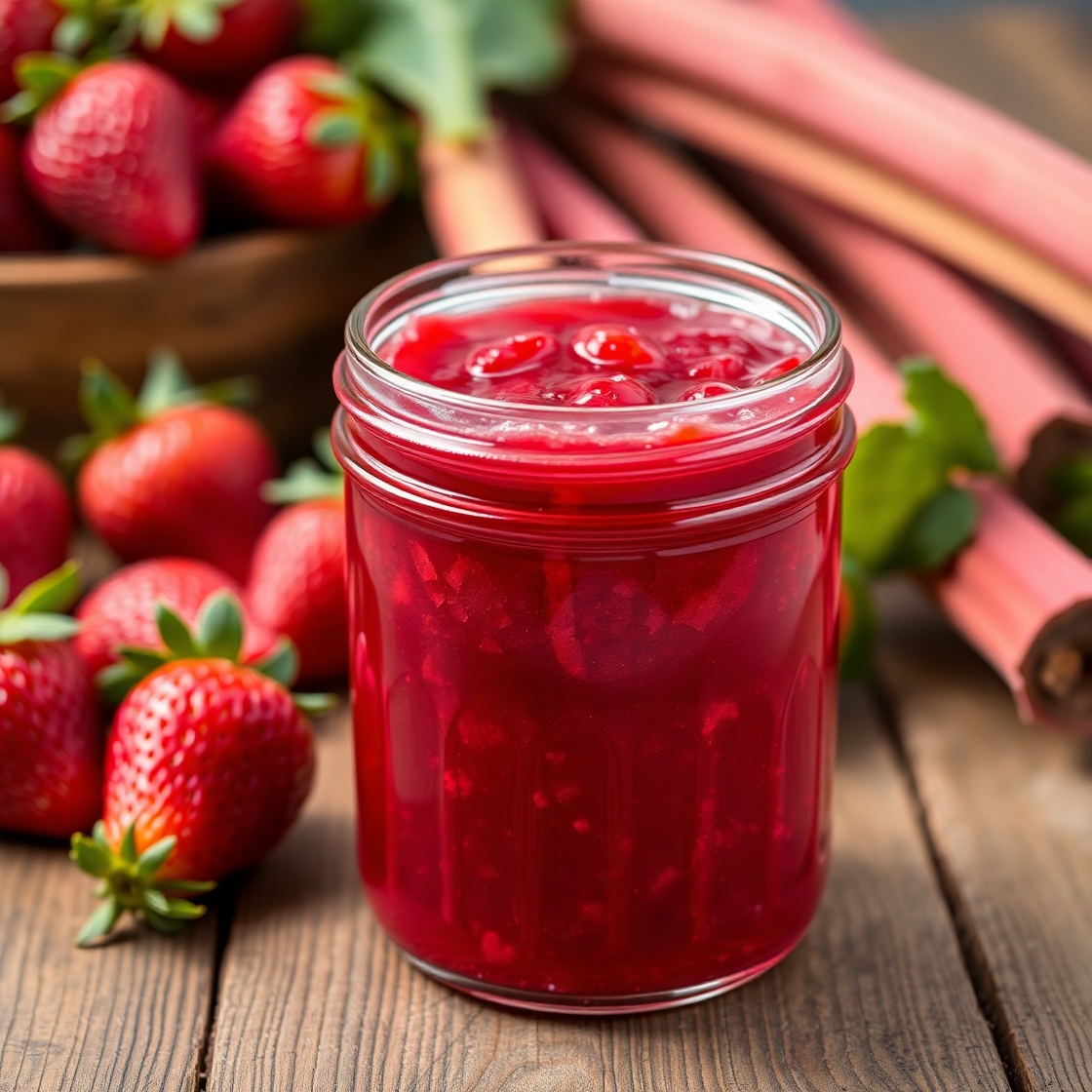
There’s something truly magical about the pairing of strawberries and rhubarb. One is sweet, soft, and deeply familiar; the other is tart, firm, and often misunderstood. Together, they create a jam that feels like the heart of spring in a jar—bright, balanced, and brimming with nostalgic charm.
I first made this strawberry rhubarb jam after a visit to a local farmer’s market where bundles of rhubarb stalks caught my eye. Tucked beside fragrant baskets of strawberries, I couldn’t resist imagining them together in a pot, simmering down into something spoonable and sweet. This isn’t just a jam—it’s a memory. It’s the kind of preserve that people make not just to store fruit, but to bottle up a season.
If you’ve never made homemade jam before, this is the one to start with. And if you’re already a seasoned jam maker, this one might just become your new favorite.
Why I Love This Recipe
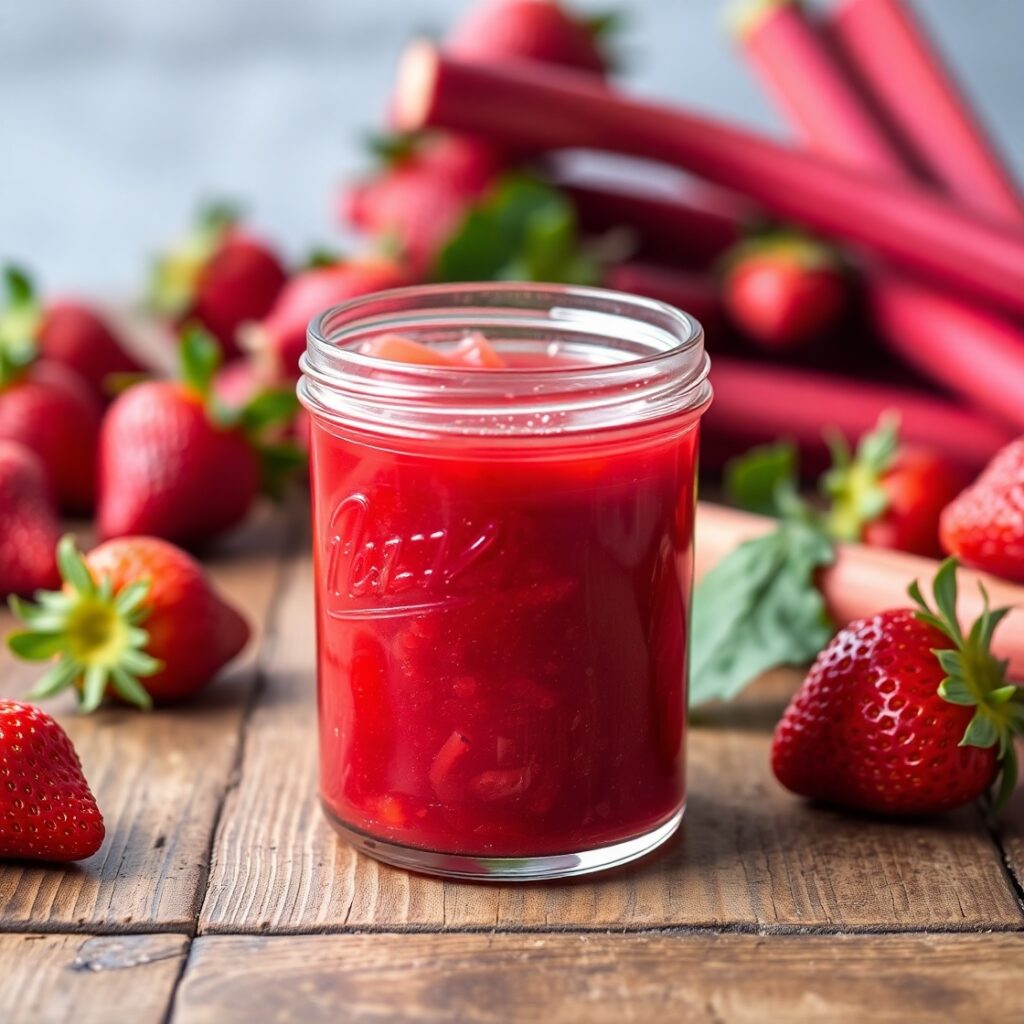
Strawberry rhubarb jam is more than a spread. It’s a tradition. It’s the kind of preserve that feels rustic, homemade, and deeply comforting—and yet, it can hold its own on any gourmet cheese board or as a star layer in a dessert.
The tartness of the rhubarb perfectly balances the sweetness of ripe strawberries. Unlike many jams that lean overly sugary, this one has nuance. The texture is silky but still has body, and the flavor is like a whisper of early summer mornings—fresh, bright, and layered with depth.
Another reason I love this recipe is its versatility. This jam works beautifully as a filling for pastries, spooned over yogurt or ice cream, swirled into oatmeal, or simply slathered onto toast with butter. It also makes a perfect homemade gift—simple, thoughtful, and seasonal.
This recipe also avoids using commercial pectin. Instead, it relies on the natural pectin found in the fruit and a bit of lemon juice. That means you get a more natural consistency and a deeper fruit flavor without relying on additives.
It’s a small-batch recipe that comes together in under an hour, but the joy it brings lasts much longer.
Ingredients for Strawberry Rhubarb Jam
To make the most flavorful and well-balanced strawberry rhubarb jam, you’ll need just a few key ingredients—each playing an essential role in the final result.
Strawberries
Choose fresh, ripe strawberries at the peak of their season. They should be bright red, fragrant, and free from soft spots. These bring the lush sweetness that anchors the jam.
Rhubarb
Rhubarb adds the essential tart note. Go for firm, crisp stalks with a vibrant pink hue. Avoid leaves, as they are not edible. Chop the rhubarb finely so it cooks down evenly with the strawberries.
Sugar
White granulated sugar is the best choice for this recipe. It not only sweetens the jam but also helps in preservation and gives the jam its glossy finish.
Lemon Juice
Fresh lemon juice is critical—it boosts the acidity, helping the jam set without pectin, and enhances the brightness of both fruits. It also prevents the fruit from becoming dull in flavor or color during cooking.
Optional: Lemon Zest or Vanilla Extract
To elevate the flavor even further, you can add a little lemon zest for an extra citrus burst or a splash of vanilla extract for warmth and complexity.
That’s it—five ingredients, no fillers, and no preservatives. Just pure, seasonal fruit preserved in a way that enhances every note.
How Much Time Will You Need?
The beauty of strawberry rhubarb jam is that it’s surprisingly quick to make. From chopping fruit to sealing jars, you’ll only need about 45 minutes to 1 hour.
Here’s a breakdown:
- Preparation Time: 15–20 minutes
This includes washing and chopping the fruit and setting up your jars for sterilization. - Cooking Time: 30–40 minutes
The jam simmers down slowly until thickened and glossy. - Cooling and Jar Sealing: Optional
If you’re preserving the jam for long-term use, allow time for proper canning and cooling.
Even if you’re not an experienced canner, this is a very manageable project for a quiet afternoon or weekend morning.
How to Make This Strawberry Rhubarb Jam
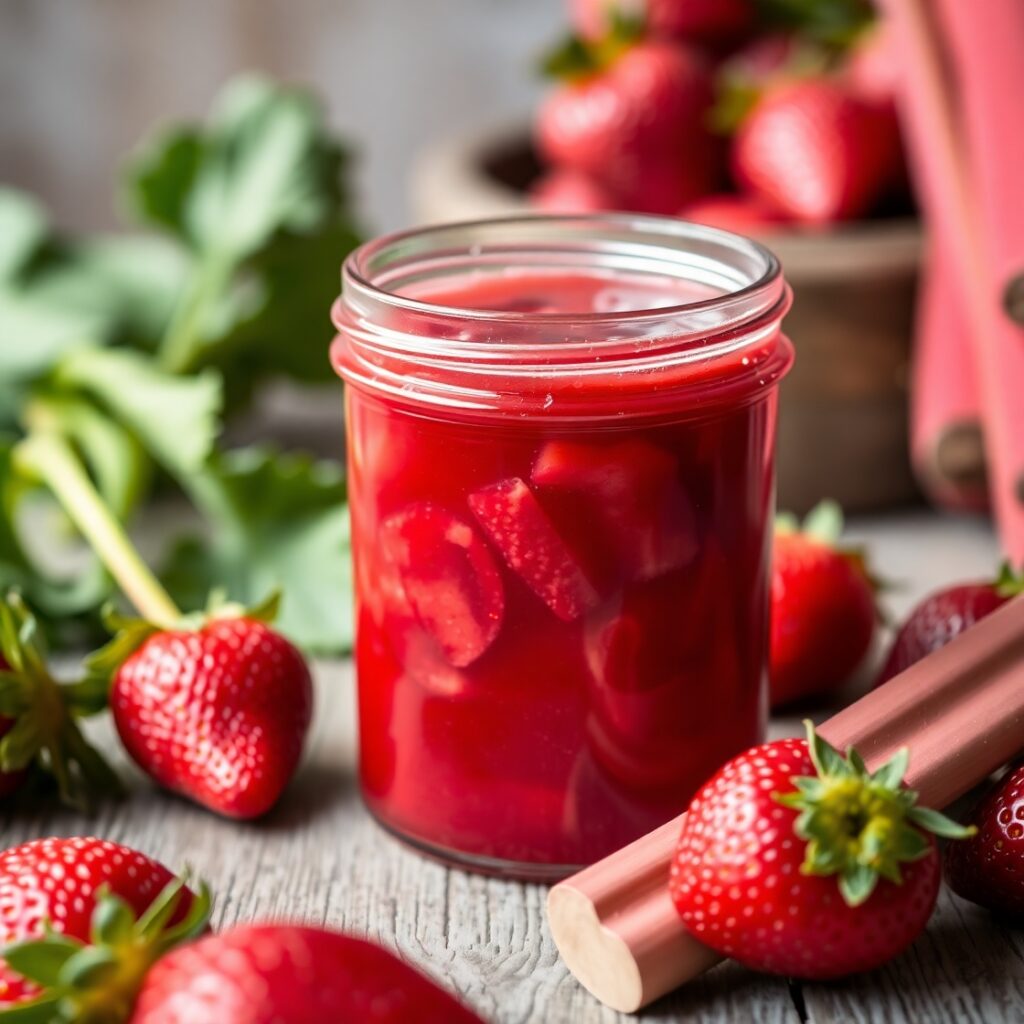
Step 1: Prepare the Fruit
Start by washing the strawberries and rhubarb thoroughly. Hull the strawberries and slice them in halves or quarters, depending on their size. Chop the rhubarb into small, 1/2-inch pieces to ensure it softens evenly during cooking.
You’ll need:
- 3 cups chopped strawberries
- 2 ½ cups chopped rhubarb
Combine them in a large, heavy-bottomed pot.
Step 2: Add Sugar and Lemon
Pour in 2 ½ cups of granulated sugar and stir to combine. Then, add 2 tablespoons of fresh lemon juice. This will start drawing moisture from the fruit and begin the maceration process.
Let the mixture sit for about 10–15 minutes. This allows the fruit to soften slightly and helps the sugar dissolve before cooking begins.
Step 3: Cook the Jam
Place the pot over medium-high heat. Bring the mixture to a gentle boil, stirring frequently to prevent scorching. As the fruit breaks down, the mixture will start to foam. Skim off the foam using a spoon for a clearer finish.
After about 10 minutes, reduce the heat to medium and continue simmering.
Keep stirring every few minutes. The jam will begin to thicken after 25–30 minutes. You’ll know it’s ready when the mixture coats the back of a spoon and drips slowly.
Step 4: Test for Doneness
To test the consistency, place a small spoonful of jam on a chilled plate and run your finger through the middle. If the line holds and the jam doesn’t run back together, it’s ready.
If not, simmer for another 5–10 minutes and test again.
Step 5: Sterilize and Fill Jars
If you’re canning the jam, sterilize your jars and lids by placing them in boiling water for 10 minutes. Carefully ladle the hot jam into the warm jars, leaving 1/4-inch headspace. Wipe the rims clean, add the lids, and tighten the rings.
Process in a boiling water bath for 10 minutes, then let cool completely.
If you’re storing the jam in the refrigerator for immediate use, you can skip the canning process. Just let the jam cool before sealing and refrigerating.
Substitutions
While this recipe shines in its original form, here are some thoughtful substitutions:
Sweeteners
If you’d prefer to use a less processed sweetener, try substituting honey for up to half the sugar. Keep in mind that honey has a distinct flavor and may affect the final taste and texture.
Rhubarb Substitute
Can’t find rhubarb? While nothing matches its exact tartness, you can use green apples or cranberries for a similar contrast to the strawberries. They also provide natural pectin, which helps the jam set.
Lemon Juice
If you’re out of fresh lemon juice, bottled lemon juice can work in a pinch, though it lacks the same brightness. You can also substitute lime juice for a slightly different citrus note.
Vanilla
A splash of vanilla extract can add a mellow warmth to the jam. Use ½ teaspoon in the final few minutes of cooking.
These small adjustments can personalize the jam without sacrificing its essence.
Best Side Dishes for Strawberry Rhubarb Jam
While this jam is delightful all on its own, pairing it with the right dish makes it even better. Here are three ideas to inspire you:
1. Freshly Baked Scones
There’s no better match than a warm, buttery scone. The flaky texture of the scone pairs perfectly with the smooth, tangy-sweet jam.
2. Greek Yogurt Parfait
Layer spoonfuls of this jam between creamy Greek yogurt and crunchy granola. The result is a breakfast or snack that feels both indulgent and healthy.
3. Brie or Goat Cheese Crostini
For an elegant appetizer or cheese board addition, spread this jam over crisp crostini with soft brie or tangy goat cheese. It’s a beautiful harmony of flavors.
Serving and Presentation Tips
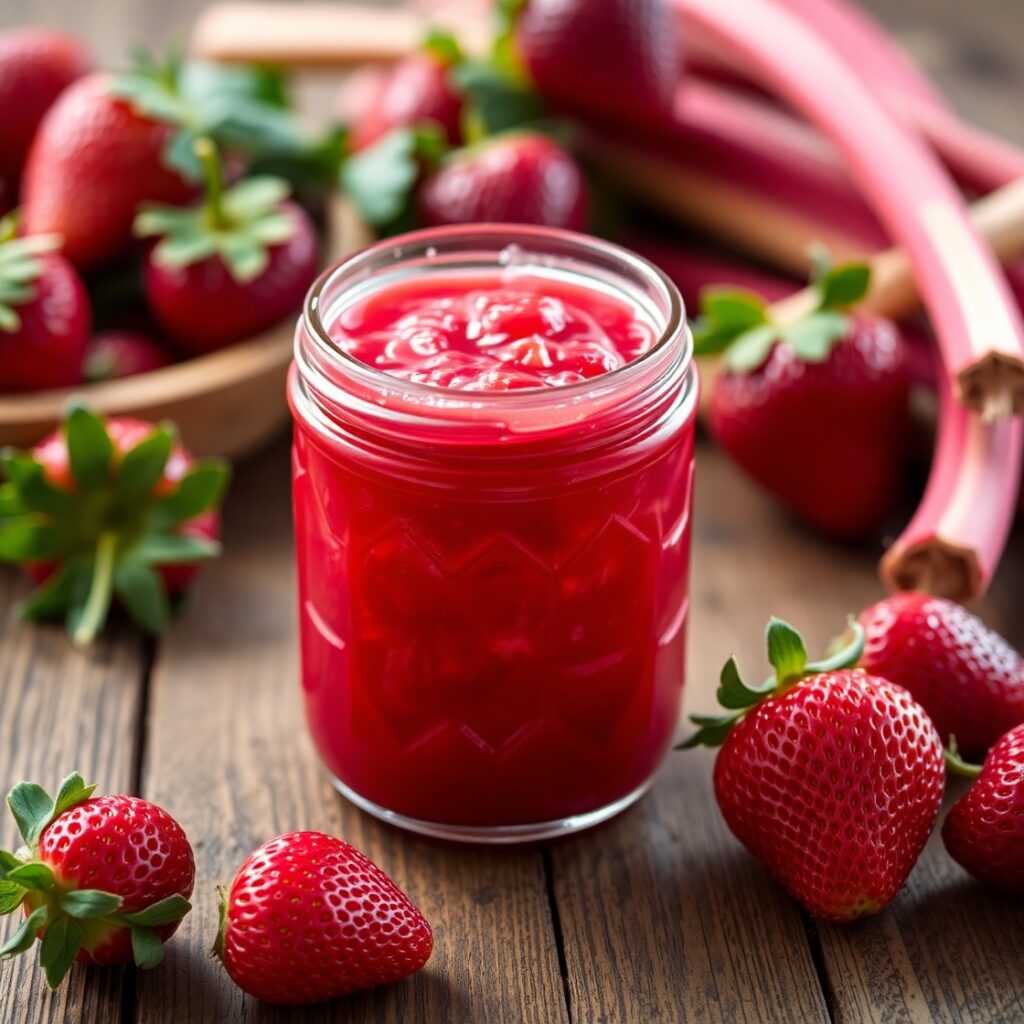
When it comes to serving strawberry rhubarb jam, a little thoughtful presentation can elevate the experience from simple to special.
Start by using clear glass jars if you’re gifting or serving the jam at a brunch table—the vibrant pink hue with flecks of fruit is part of its charm. You can tie a piece of twine or ribbon around the neck of the jar and add a handwritten tag for a rustic, homemade touch.
If you’re serving it at the table, spoon it into a small ceramic or glass dish with a silver jam spoon. Serve it beside a plate of warm toast, flaky croissants, or freshly baked biscuits for a beautiful spread.
Pairing the jam with cream-based cheeses, like mascarpone or ricotta, adds an elegant and creamy contrast that enhances the fruity tang.
You can also swirl it into yogurt or oatmeal just before serving, allowing the colors to ripple through and create a visually inviting presentation.
For entertaining, serve the jam in a trio of spreads alongside butter and honey, giving your guests options and encouraging conversation over breakfast or afternoon tea.
Tips and Tricks to Make This Recipe Even Better
Want that perfect glossy, thick jam with fresh fruit flavor every time? Here’s how to get there:
- Use ripe fruit: Always go for strawberries at their peak ripeness—bright red with no white or green tips. Ripe fruit gives the best flavor and texture.
- Macerate the fruit before cooking: Allowing the chopped fruit and sugar to sit together for 10–15 minutes before heating helps the sugar draw out the juices and starts the breakdown process.
- Stir constantly near the end: As the jam thickens, it’s important to stir often to avoid scorching the bottom of the pan.
- Don’t overcook: Once the jam reaches the setting point, remove it from heat. Overcooking can dull the flavor and darken the color.
- Chill a plate before testing: Always keep a plate in the freezer so you can quickly test the consistency. This helps you avoid the guesswork and prevents an overcooked batch.
- Add a splash of vanilla at the end: A little vanilla (about ½ teaspoon) stirred in after cooking adds a soft, round finish to the flavor profile.
Common Mistakes to Avoid
Even with a simple recipe, there are pitfalls that can affect the outcome. Here are the most common mistakes and how to avoid them:
- Using underripe or overripe fruit: Underripe fruit lacks sweetness, while overripe fruit can make the jam watery. Choose fruit at its peak for the best results.
- Skipping lemon juice: Don’t leave it out—it helps balance the sugar and also aids in achieving a proper set. The acid is essential, especially when you’re not using pectin.
- Overcooking the jam: Cooking for too long can cause the jam to become too thick and lose its fresh fruit flavor. Stick to the timing and test as you go.
- Skipping sterilization: If you’re planning to preserve the jam for more than a few weeks, sterilizing the jars is a must. Otherwise, you risk spoilage.
- Not measuring ingredients properly: Jam is a science as much as it is an art. Keep your ratios of fruit to sugar consistent for proper setting and flavor.
How to Store It
Storage is simple and flexible depending on how long you plan to keep your jam.
Short-Term Storage
If you’re making a small batch to use right away, let the jam cool completely, transfer it to a clean jar or container, and store it in the refrigerator. It will stay fresh for 3 to 4 weeks.
Long-Term Storage (Canning Method)
To store the jam for several months or to give it as a gift, follow a proper water-bath canning method:
- Sterilize jars and lids in boiling water for 10 minutes.
- Fill jars with hot jam, leaving ¼-inch headspace.
- Wipe the rims clean and seal with lids.
- Process the jars in boiling water for 10 minutes.
- Allow to cool completely. Check that the lids have sealed (they should not flex when pressed).
Properly canned and sealed jam can last up to 1 year in a cool, dark pantry.
Freezing Option
You can also freeze the jam in freezer-safe containers (leaving space for expansion) for up to 6 months. Thaw in the refrigerator before using.
FAQ
Q1: Can I make this jam with frozen fruit?
Yes, both strawberries and rhubarb can be used from frozen. Just thaw them and drain off excess liquid before using to prevent a watery jam.
Q2: How do I know when my jam is done cooking?
Use the cold plate test. Drop a spoonful of jam onto a chilled plate, let it sit for 30 seconds, and run your finger through the middle. If the line holds, it’s ready.
Q3: Can I use less sugar?
Reducing sugar will change the texture and shelf life. However, you can reduce slightly and compensate by cooking longer to thicken the jam naturally.
Q4: What’s the best way to use this jam besides on toast?
Try it in yogurt, as a cake filling, in thumbprint cookies, or paired with soft cheeses like brie or goat cheese.
Q5: Is this jam gluten-free?
Yes, this recipe is naturally gluten-free. Just be sure any add-ins (like vanilla extract) are certified gluten-free if you’re highly sensitive.
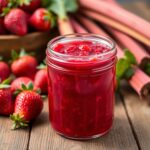
Strawberry Rhubarb Jam
- Total Time: 55 minutes
- Yield: 3–4 half-pint jars
- Diet: Gluten Free
Description
A perfectly balanced blend of tart rhubarb and sweet strawberries, this homemade jam is a celebration of spring in a jar. With no commercial pectin and just a few pantry staples, you can create a preserve that’s vibrant, glossy, and full of pure fruit flavor. Whether you spread it on toast, spoon it into yogurt, or pair it with soft cheeses, this strawberry rhubarb jam will become a seasonal staple you look forward to each year. Great for gifting, storing, and savoring slowly.
Ingredients
- 3 cups chopped strawberries (hulled)
- 2 ½ cups chopped rhubarb
- 2 ½ cups granulated sugar
- 2 tablespoons fresh lemon juice
- Optional: ½ teaspoon vanilla extract or 1 tsp lemon zest
Instructions
- Wash, hull, and chop the strawberries and rhubarb.
- Combine fruit with sugar and lemon juice in a large pot. Let sit 10–15 minutes.
- Place pot over medium-high heat and bring to a gentle boil. Stir frequently.
- Skim off any foam that forms. Reduce heat to medium and simmer.
- Stir often, cooking 30–40 minutes until thickened.
- Test for doneness with the cold plate method.
- Add optional vanilla or lemon zest. Stir to combine.
- Pour into sterilized jars, leaving ¼-inch headspace.
- Seal jars and process in boiling water bath for 10 minutes or refrigerate for short-term use.
Notes
Use the freshest fruit possible for best flavor.
For a more tart jam, reduce the sugar by ½ cup and increase rhubarb slightly.
Always sterilize jars if preserving for long-term storage.
- Prep Time: 30 minutes
- Cook Time: 35 minutes
- Category: Jam / Preserve
- Method: Stovetop
- Cuisine: American
Nutrition
- Serving Size: 1 tbsp
- Calories: 44

